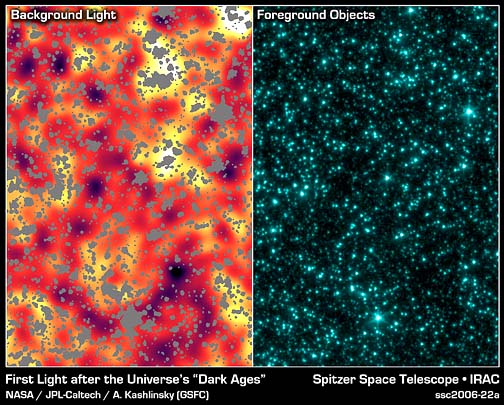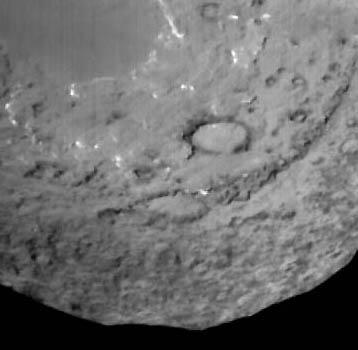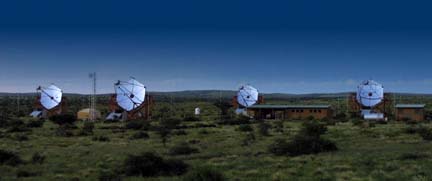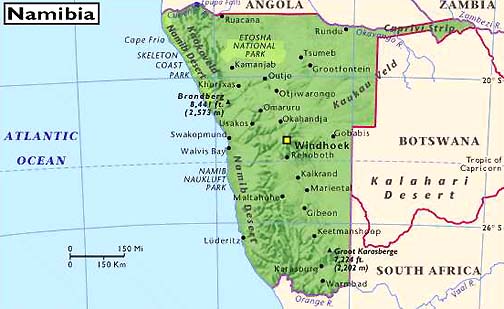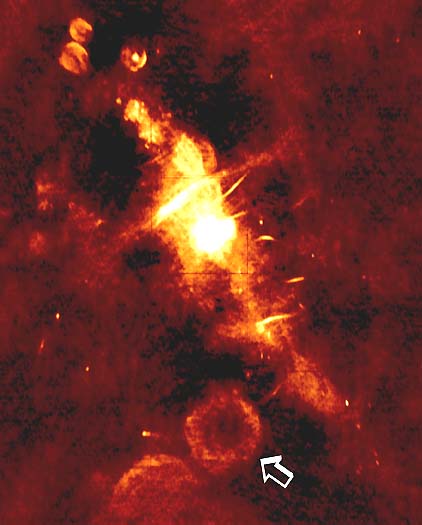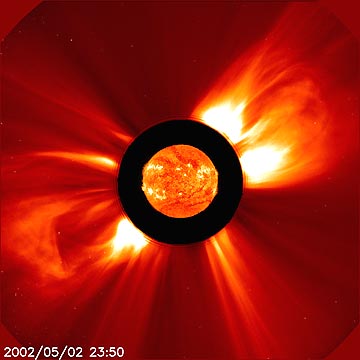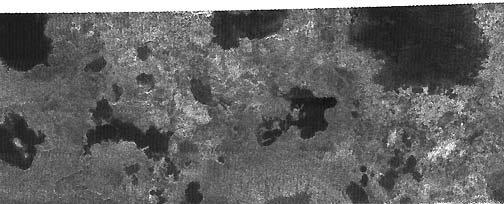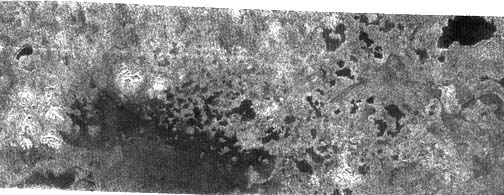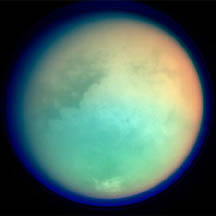
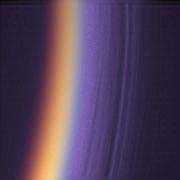
January 6, 2007 Pasadena, California - NASA's JPL reports that scientists now have "definitive evidence of the presence of lakes filled with liquid methane" on Saturn's moon Titan. The radar data was published in this week's journal Nature cover story. Radar imaging data from a July 22, 2006, fly-over by the Cassini-Huygens spacecraft provided convincing evidence for large bodies of liquid methane. on Titan today.
Click here to subscribe and get instant access to read this report.
Click here to check your existing subscription status.
Existing members, login below:


